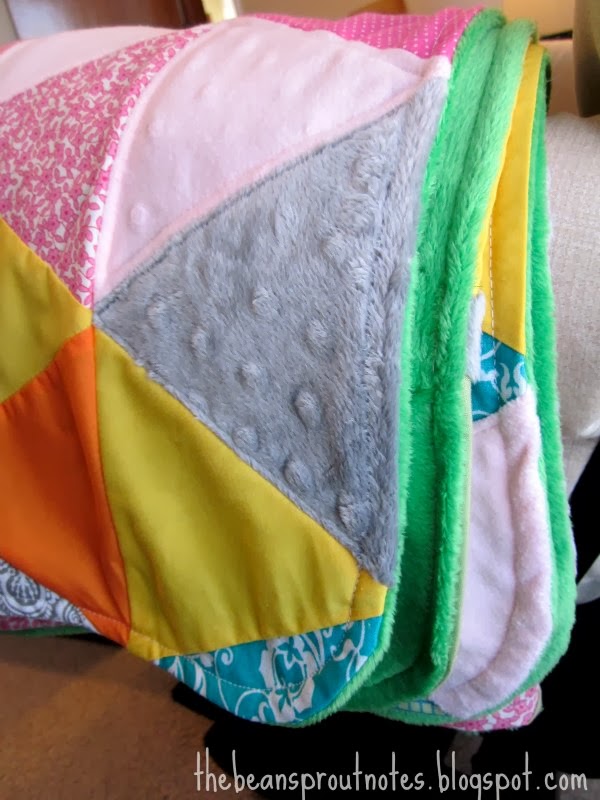I love decorating my home with printables that I find online. And because many of them are free, you can download, print, display, and swap your art as often as you like. Searching for Project Life cards (and resizing in Microsoft Word) is another great way to find graphic art prints for your home.
One way to display and rotate your collection of printables and project life cards is by creating a magnetic display stand like the one shown above. What appears to be washi tape, is actually magnetic strips covered in scrapbook paper. The structural component is an approximately 5x7 metal stand which has also been covered in scrapbook paper. (You could also create a non-magnetic version using a wooden stand and mini clothespins.)
A colorful envelope is attached on the back to neatly store your collection of printables.
This project was a Christmas gift for a good friend of mine who recently birthed three kids within 25 months. Needless to say, her life is very busy. The cards I chose to include with the gift were mostly cheery and uplifting in nature, but you could create this gift with any theme. Another great idea would be to include a holiday set with a different printable to display in each season. The beauty of this project lies in its easy interchangeability.
As I mentioned earlier, I used both Project Life Cards, and free printables which I downloaded and printed at home. But most of them were either too big or too small to fit my needs. To fit this project, most of them needed to be resized. To do this, I simply opened Microsoft Word, inserted the downloaded image, and resized by dragging the corner edges before printing. I would also recommend printing on something sturdy, like cardstock.
A vintage feel was given to some of the cards by rounding the corners and inking the edges.
This gift was such a fun project to make. I think I need to go make one for myself!
Sharing at these awesome link up parties!































